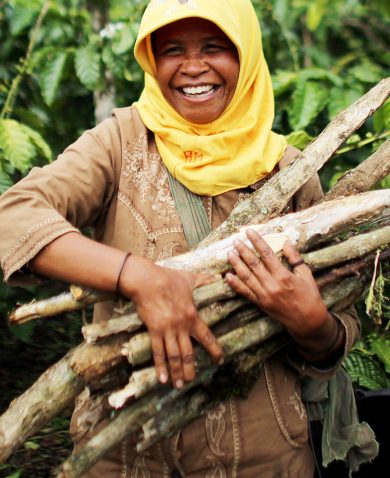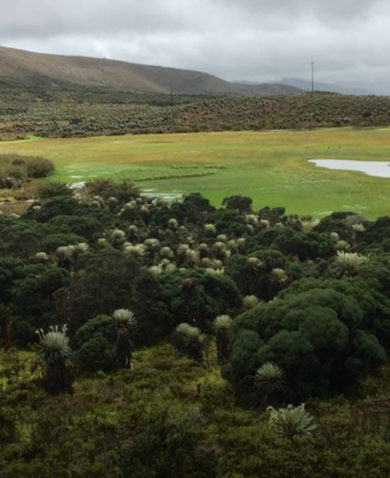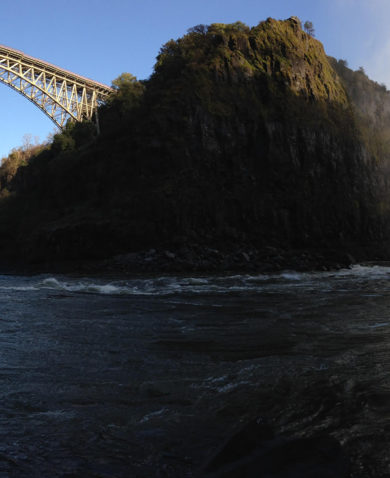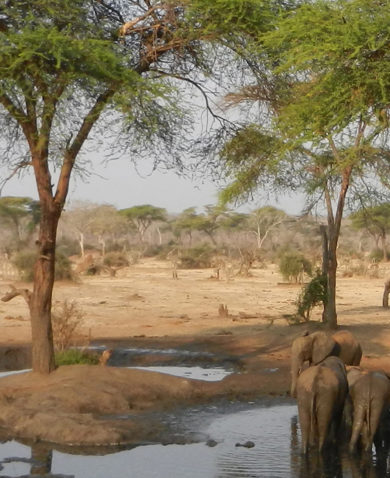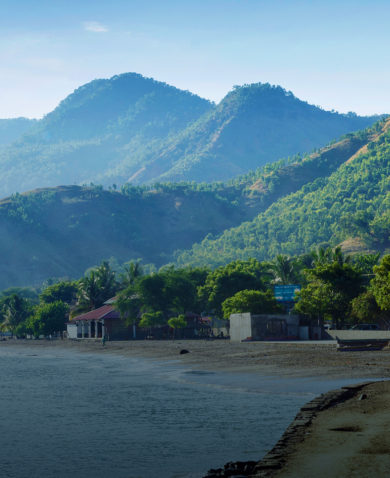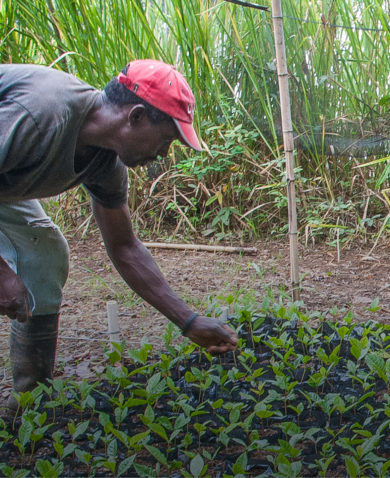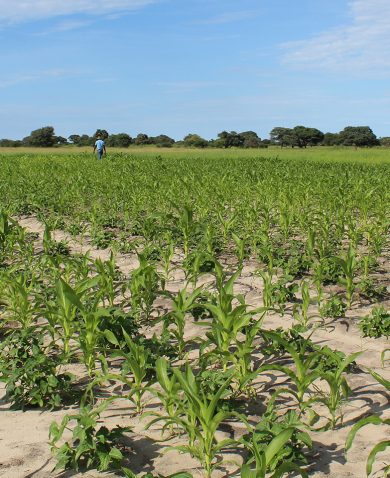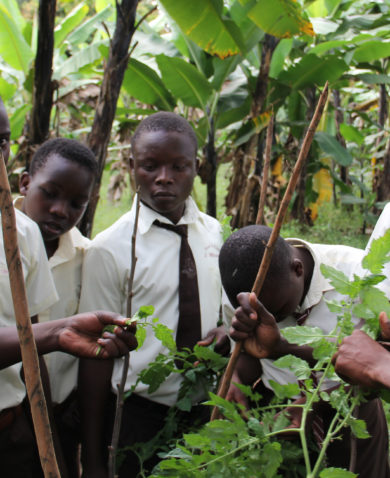
Earth Day 2015: How Can All Development Programs Work Toward a Sustainable Planet?
April 22, 2015 | 3 Minute ReadChemonics' Flora Lindsay-Herrera reflects on the need to integrate "Earth Day" thinking into all development programs, regardless of technical sector.
Chemonics launched its first development project in 1975, just five years after the first Earth Day rallies in 1970 sparked the modern environmental movement. Since then, the company has implemented more than 200 projects in biodiversity conservation, natural resource management, climate change adaptation, and related areas. Certainly, Chemonics’ commitment to building healthier human-nature interactions was a draw for me when I joined the company.
Although I’m a historian of Latin America by training, my college survey course opened with a lecture by John Womack on the ways in which geography has shaped Latin American history, with the potential disasters attendant therein. His images of this vast continent of volcanoes and earthquakes and megacities and highland mining communities, with its glacial cold and bone-dry deserts and muggy Amazonian forest, stuck with me, and served as a driving force behind my work with our environmental portfolio in Latin America and worldwide.
Today Chemonics manages 13 projects under the auspices of our Environment and Natural Resources practice, but projects across sectors, including health, land tenure, economic growth, urban development, contribute positively to improving environmental services and strengthening resource governance.
Last Saturday in Washington, D.C., more than 250,000 people turned out for the Global Citizen Earth Day rally to end global poverty and address climate change , co-organized by the Global Poverty Project and the Earth Day Network. Speakers including UN Secretary General Ban Ki-moon, International Monetary Fund Managing Director Christine Lagarde, USAID Associate Administrator Mark Feierstein and country representatives from Malawi, Ireland, Norway, and Nigeria and more touched on a multitude of approaches to development challenges: from Toyota’s hydrogen fuel cell cars and NASA climate change monitoring tools to USAID’s Ebola response.
Above all, rally speakers called attendees to apply pressure on leaders, to make them “walk the talk”, in the words of UN Secretary-General Special Advisor Amina J. Mohammed. This message was paired with a toolkit of media initiatives. “Angry Birds” designers Rovio Entertainment announced a partnership with the Earth Day Network to include playable game content oriented towards raising climate change awareness. NASA solicited public photos for their #NoPlaceLikeHome campaign. Connect4Climate featured a winning video from their Action4Climate filmmaking competition, which aimed to show climate impacts and solutions from around the world.
Closer to home, Chemonics implements projects that serve as a continued platform for incremental change towards a sustainable planet. The USAID/Colombia BioREDD+ project, for example, is supporting eight REDD+ projects with 19 Afro-Colombian and indigenous communities to reduce CO2 emissions from forest degradation and deforestation. BioREDD+ also supports the Stand for Trees grassroots initiative in partnership with non-profit Code REDD, an accessible mechanism for individuals to buy verified carbon credits to offset their carbon footprint and directly invest in communities committed to conserving their forests.
The USAID-funded Southern Africa Regional Environmental Program teamed up with the Botswana Department of National Museums and Monuments and Botswana NGOs to obtain World Heritage Site designation for the Okovango Delta, a centerpiece of Botswana’s $1 billion tourism industry. In Haiti, the USAID Feed the Future-West/WINNER project developed integrated, sustainable approaches that combined hillside conservation with improved soil management and farming practices.
And Chemonics specialists such as environmental compliance officer Michelet Fontaine, who has more than 35 years of experience in water and natural resource management, help projects across all technical sectors to incorporate long-term consideration of human and environmental health risks into activity design and implementation.
Through our work, we recognize that Chemonics’ mission of helping people to live healthier, more productive, and more independent lives is an implicit investment in a global vision for a healthier, more balanced, interdependent planet, this Earth Day and every day.







